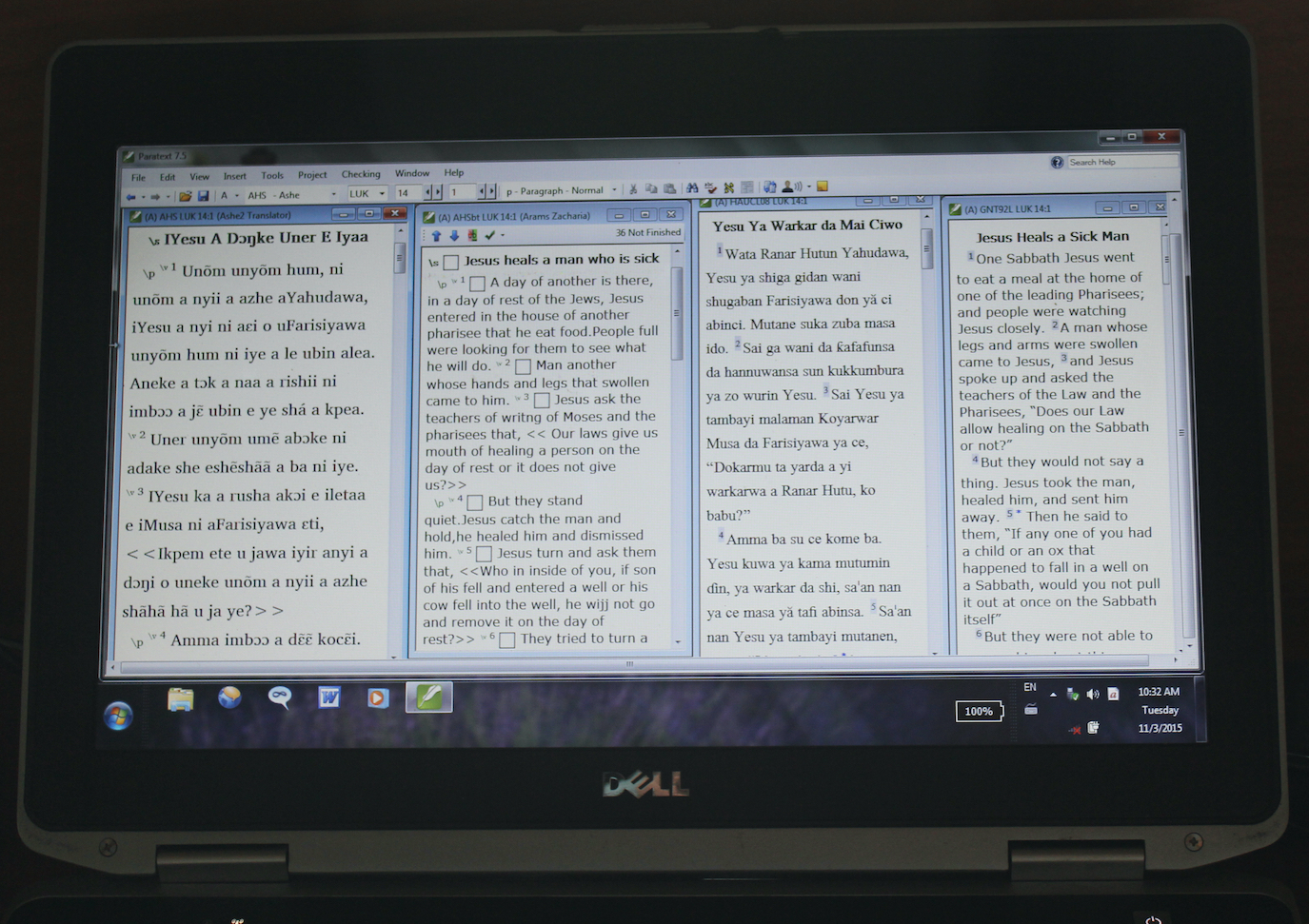Every week, not only is a new Bible or New Testament translation completed, but work starts on seven new languages! This means the world is witnessing a remarkable acceleration in Bible translation.
Technology – from the printing press of the 15th century to smartphone apps in the 21st century – has always played a huge role in getting the word of God into the hands and hearts of more and more people worldwide.
It is incredibly exciting to see how God is using advances in technology to bring the vision of everyone being able to know Jesus through the Bible closer to reality
Artificial intelligence (AI) tools such as ChatGPT have recently made headlines. And technology development teams serving through Wycliffe and partner organisations are at the forefront in using cutting-edge AI to help local Bible translators produce high-quality translations quicker than ever before. That makes an enormous difference, as Bible translation is urgent work – too many people are still living and dying without the opportunity to know what God says through the Bible.
Here are three ways technology is helping advance Bible translation:
1 – Translation software
The primary software that translation teams around the world use is called Paratext. This innovative software contains the Bible in the original Hebrew and Greek, as well as in multiple other languages. It also includes commentaries and dictionaries that translators can use to research the meaning of the passage they are translating.
The software enables translators to compare the translation they are working on in their language side-by-side with the original language and other translations (see below). It also means that all members of the translation team can work on the passage together in real time, even if they are in different countries and continents.



